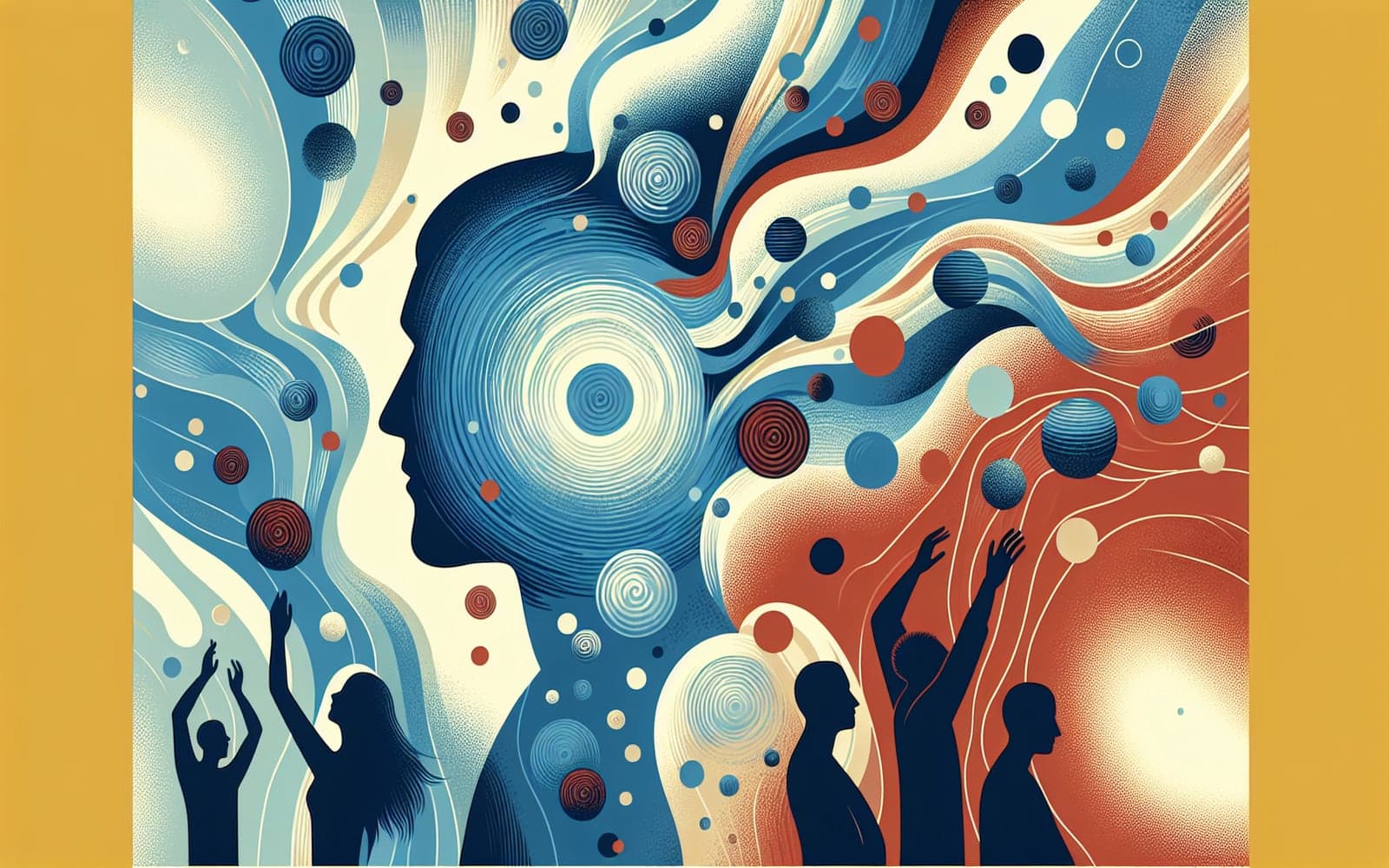Beyond the Itch: Recognizing the Signs and Symptoms of Hives
Published: Aug 29, 2024
Hives, or urticaria, are known for their itchy, raised welts. But did you know there's more to this skin condition than meets the eye? Let's dive into the various symptoms of hives and learn when they might signal something more serious.
Contents
The Classic Signs: Welts and Itching
The hallmark symptom of hives is the appearance of raised, red or skin-colored welts called wheals. These can vary in size from small dots to large patches and may join together to form even larger areas. The center of a wheal is often pale or white, surrounded by redness. Intense itching is typically present, which can be quite distressing and may interfere with sleep or daily activities. These welts can appear anywhere on the body and tend to change location, fading in one spot and reappearing in another over hours.
Beyond the Bump: Associated Symptoms
While itchy welts are the primary symptom, hives can sometimes be accompanied by other manifestations. Some people experience a burning or stinging sensation in addition to or instead of itching. Swelling deeper in the skin, known as angioedema, may occur alongside hives, particularly affecting the eyes, lips, hands, feet, or genitals. In rare cases, hives might be associated with systemic symptoms like fever, joint pain, or fatigue, which could indicate an underlying condition requiring medical attention.

The Time Factor: Acute vs. Chronic Symptoms
The duration of symptoms plays a crucial role in classifying hives. Acute hives last less than six weeks and often resolve on their own. Individual wheals typically disappear within 24 hours, though new ones may form. Chronic hives, lasting more than six weeks, can be more challenging. They may come and go over months or even years, significantly impacting quality of life. The symptoms of chronic hives are similar to acute hives, but their persistent nature can lead to additional issues like stress or sleep disturbances.
Frequently Asked Questions
While rare, some hives may cause burning or stinging instead of itching.
Typically, hives disappear without leaving any marks on the skin.
Rarely, severe cases can affect internal organs, requiring immediate medical attention.
Most hives are visible, but some forms may be felt before they're seen.
Key Takeaways
Understanding the various symptoms of hives can help you better manage the condition and know when to seek medical help.
Experiencing unusual or persistent hive symptoms? Don't hesitate to consult with Doctronic for personalized advice and guidance.Related Articles
References
Kaplan AP. Clinical practice. Chronic urticaria and angioedema. N Engl J Med 2002; 346:175.
Zuberbier T, Asero R, Bindslev-Jensen C, et al. EAACI/GA(2)LEN/EDF/WAO guideline: definition, classification and diagnosis of urticaria. Allergy 2009; 64:1417.
Always discuss health information with your healthcare provider.

